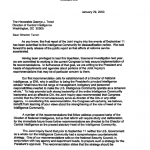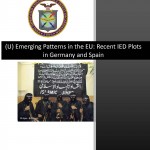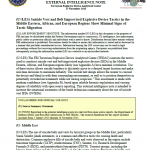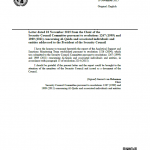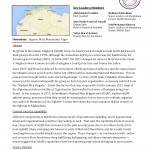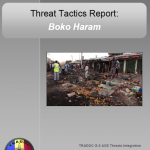
The primary goal of Boko Haram is to institute an Islamic state throughout Nigeria based on a fundamentalist interpretation of Islamic law with an inevitable regional expansion. The founder and spiritual leader of Boko Haram, Muhammed Yusuf, and his followers originally believed in a peaceful transition and made what the current Boko Haram leadership considered illegitimate concessions to and compromises with secular and government leaders. The group has since adopted a takfirist ideology—the belief that less than a strict adherence to Salafist Islam makes a Muslim an “apostate” equal to infidels and, therefore, a legitimate target. Boko Haram has targeted and killed a number of prominent Muslim leaders who have been critical of the organization. Boko Haram considers any support of Western or secular ideas, such as schools based on Western influence, heretical and worthy of attack.

